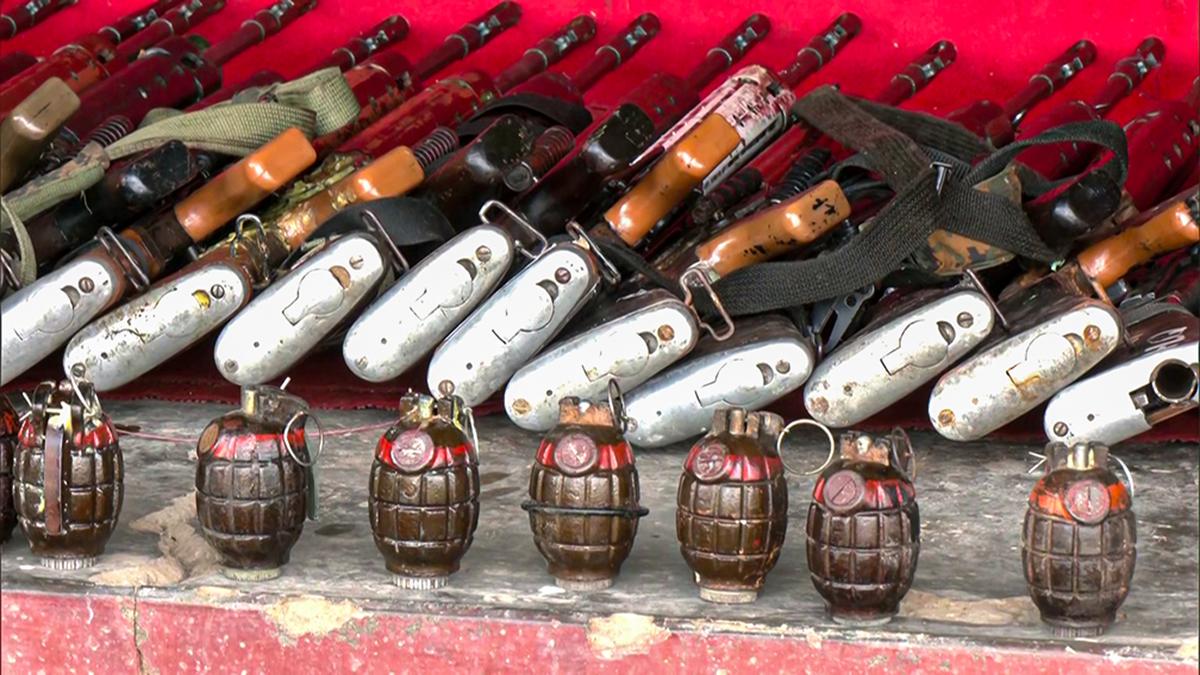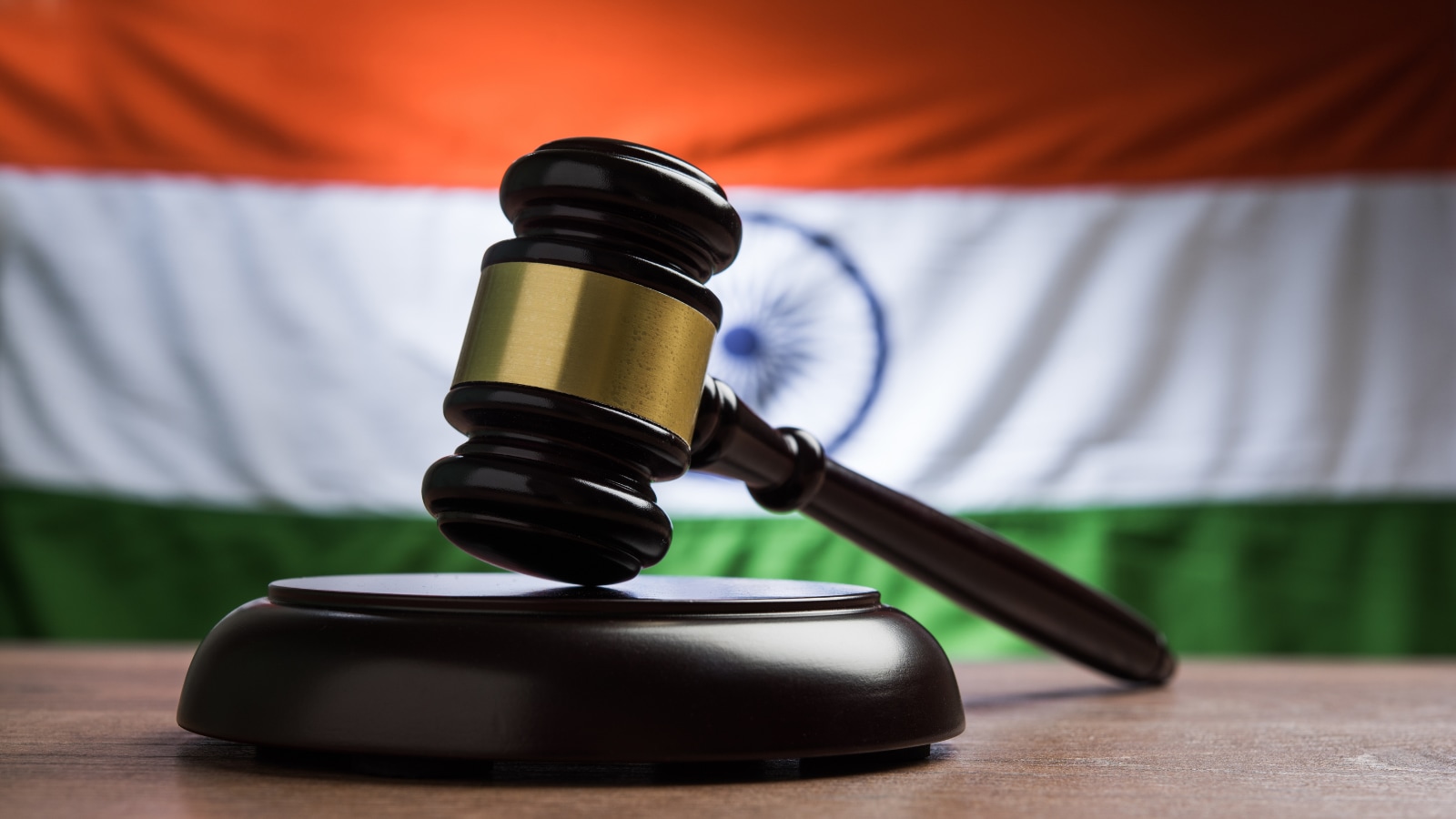ARTICLE AD BOX
THE only woman Additional District Magistrate (ADM) of Delhi, the youngest of the five posted in the Capital, Meenakshi Datta Ghosh never expected to find herself where she did — a part of the night when Independent India witnessed one of its biggest political upheavals.
By the time the Emergency was imposed, the 27-year-old, who was only in her second posting on June 25, 1975, had been witness to the Ramlila Maidan rally that preceded, and maybe even hastened the Indira Gandhi government’s crackdown, and seen how the levers of powers were oiled and wills were bent.
“The issue was do I comply with the law, or follow the political cum bureaucratic commands? Do I preserve process and procedure, or do I enable power?… I feel that the Emergency prepared me to overcome everything that came my way,” she says, looking back at that time.
It began with a massive Opposition rally at the Ramlila Maidan on June 25 against Mrs Gandhi, where Jayaprakash Narayan reiterated his call for peaceful resistance and non-violent civil disobedience. He urged government servants, police and armed forces to “follow their conscience”, “rather than blindly obeying authoritarian orders, that went against democracy”.
Already nervous, the Indira Gandhi government was rattled by this protest right at its doorstep, Ghosh says.
A meeting was held at Raj Niwas that very evening, where Lt Governor Krishan Chand was present, along with Delhi District Magistrate (DM) Sushil Kumar and the IGP, DIG, Range, and SP, CID. A direction was given that leaders of non-CPI Opposition parties be detained under MISA (Maintenance of Internal Security Act) that very night.
Some officers voiced their objections, given the procedural necessity under MISA that requires inclusion of specific grounds for detention in each case. The matter also went to the PMO, where a suggestion was made that Opposition leaders be held under preventive sections of the Criminal Procedure Code instead.
Story continues below this ad
“But it was made clear that that route could land the government in difficulties as the courts would quickly release the detainees,” Ghosh says. The government “desired that all arrests be carried out strictly and only under MISA”.
At 10 pm, all the five ADMs gathered at the office of DM Kumar. He was not yet back from the PMO, Ghosh recalls. “There was immense speculation… definitely a sense that something far-reaching was underway.”
When Kumar finally returned around 11 pm, his face was ashen and he looked deeply disturbed, Ghosh says. “There have been some critical developments… I have been directed by the authorities that several VIPs from political parties are to be detained, in accordance with the names under finalisation,” she recalls Kumar saying.
In New Delhi that night, the silence on the streets was heavy, laced with fear and dread. “With the PMO, Rashtrapati Bhavan, the highest seats of Executive power, top ministers’ residences, and critical government infrastructure, the New Delhi district is the nerve centre of national governance… On the night of June 25, 1975, it became the epicentre of a constitutional rupture.”
Story continues below this ad
On that first night alone, 67 MISA warrants were issued by the DM, to be executed across Delhi. The Shah Commission that probed the Emergency’s excesses recorded that over the 21-month period, 1,012 persons were detained under MISA in the Capital. This included 146 members of banned organisations, 180 members of political parties and 538 individuals classified as “criminal elements”, including economic offenders.
The actual numbers detained in Delhi could have been much higher, Ghosh says.
One detention, in particular, still haunts her. It was of Mamchand, a newspaper and magazine hawker and the sole bread earner in a family of 10. He was detained for over 12 months merely because “a single copy of the magazine ‘March of the Nation’ allegedly containing material prejudicial to the State was found in his possession”. Mamchand’s name was nowhere cited in police records of the Special Branch.
Ghosh says that when the first four-monthly review of MISA arrests came about, she sought revocation of Mamchand’s detention. But he was not released. Instead, his detention was extended.
Story continues below this ad
Ghosh would eventually be the only ADM to serve in Delhi district all through the Emergency, and remained in the post till a year later. So it was that, on October 3, 1977, seven months after the Emergency was lifted, when Mrs Gandhi, now out of power, and some of her former Cabinet members were arrested by the CBI under the Prevention of Corruption Act, Ghosh was part of the team that went to execute the order.
Mrs Gandhi was accused of misusing vehicles during her election campaign. “She took a long time emerging from her room. The IG, Police, requested me to help ascertain that all was well with the former PM,” recalls Ghosh.
Mrs Gandhi’s lawyer B R Handa got into a heated argument with CBI officials, saying she could not be taken out of Delhi as she had been arrested without a magistrate’s order, Ghosh adds. “The next day, October 4, 1977, Indira Gandhi appeared before a magistrate. With scant evidence provided, the court released her unconditionally. The case against her did not hold.”
Her detention lasted all of 16 hours, but Ghosh sensed that the air had shifted again. “The arrest by the Janata Party government was widely seen as politically motivated, and created a wave of sympathy for Indira Gandhi.”
Story continues below this ad
On the streets of Delhi, as life returned to normal, including for her as ADM, Mrs Gandhi started her climb back. “She started holding carefully staged and managed public rallies across the New Delhi district… helping her revive and re-energize her support base,” says Ghosh.
In the Lok Sabha elections held three years later, in 1980, the Congress bounced back with 353 seats, and Mrs Gandhi was back in power.



.png)
.png)
.png)

























 English (US) ·
English (US) ·